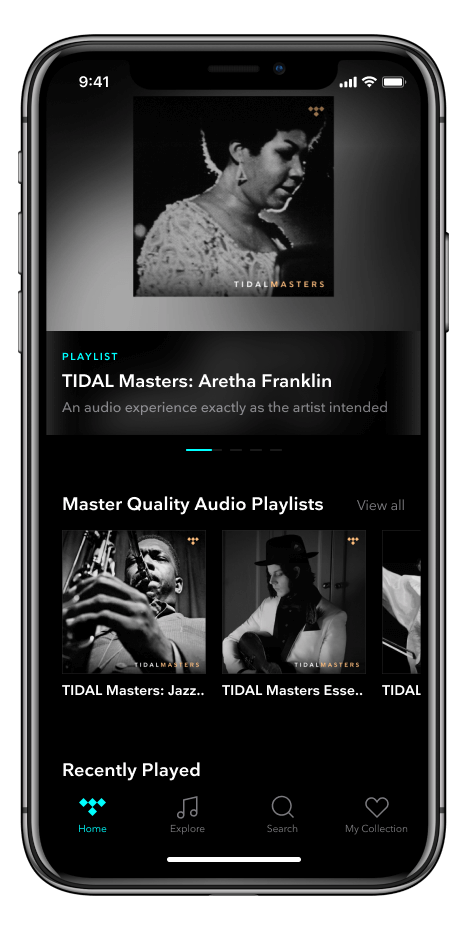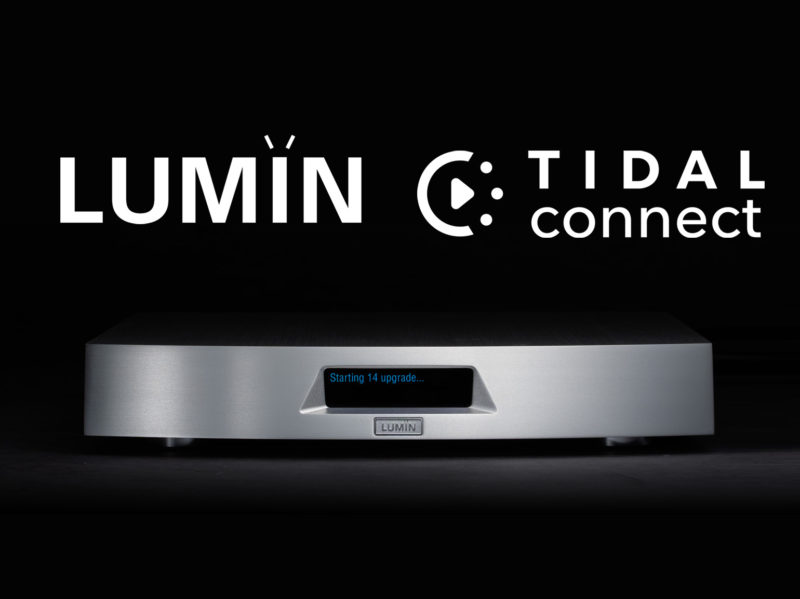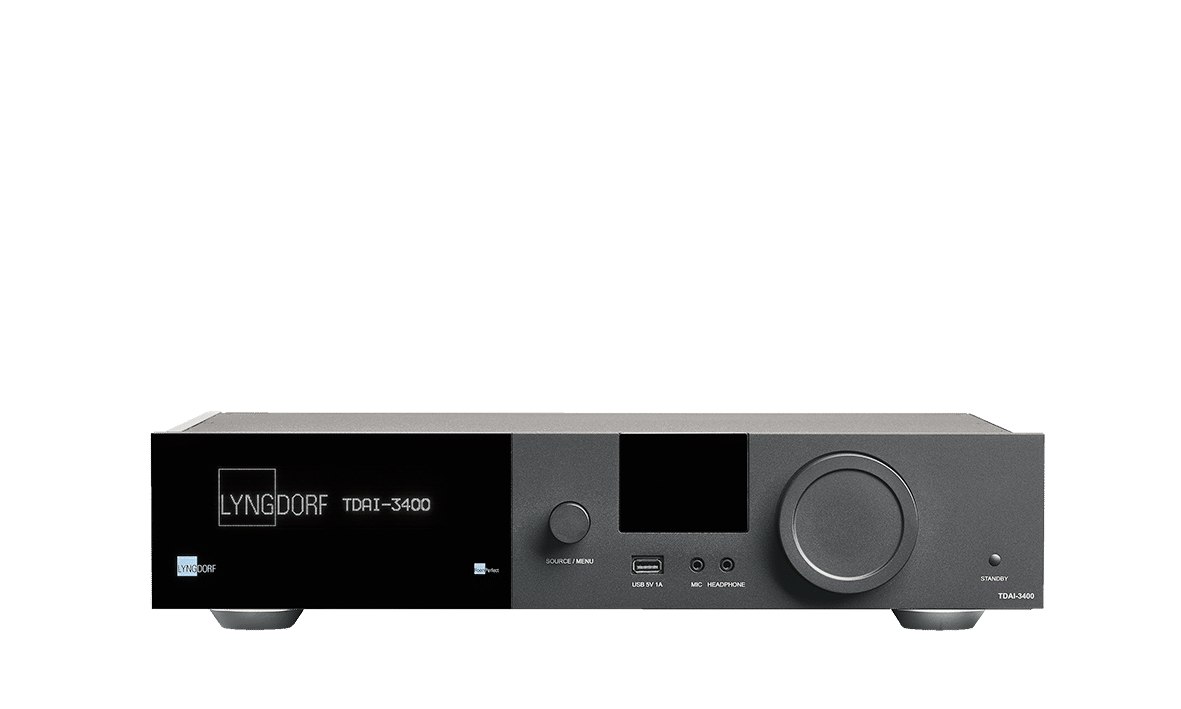
- #Tidal connect squeezebox how to#
- #Tidal connect squeezebox software#
- #Tidal connect squeezebox Pc#
- #Tidal connect squeezebox free#
Second, I prefer to have untouched the path between my source and the player, I don’t want a middle point collecting all the metadata and source files sending over to player, I just don’t feel good about it as you don’t know what exactly was sent and if all.

#Tidal connect squeezebox software#
I personally don’t use UPNP for 2 reasons.įirst I find annoying to use another device to control my music player, as the beauty of this raspberry pi solution and of these players is that any device at your home with internet browser can be used as a remote control of your music anytime and is very easy to use I don’t want to use another device as phone with another extra software to all do basic stuff as skip track or change source of my music. If you use this way of streaming you always need your phone or device you have the UPNP client on in your hands as another main remote control and you will rarely use the the web UI of these players after the first set up.

The advantages and disadvantages of this way of use of these players are these: This UPNP client then collects the data and sends them via your network to Raspberry Pi / your player and it plays it.

#Tidal connect squeezebox Pc#
What that means is that from your UPNP client/server which can be running on your computer or as an app on your mobile phone you can play – stream music to these players without them accessing anything else online.īasically how it works is the UPNP software on your pc or mobile device connects to a source of your choice, which can be again your audio files stored on your pc or mobile device or it can be a streaming service which is supported through your UPNP client app. Now each of these players allow you to use them as UPNP or DLNA renderer/browser. All of them have the same capabilities in that regards.
#Tidal connect squeezebox free#
So all of these players are capable to play hi-res audio files including DSD files, all players allow you to use for your local library external, drive, the actual free space on your SD card a NAS drive on your network. In my example I have a personal collection of my music, which are digital FLAC files and then I also use Tidal as my streaming service every day, your scenario might differ but lets say everybody nowadays uses his favorite online streaming service and I believe most of us also have some small or bigger collection of digital files. Now this is one of the most important things which will differentiate and also unite these players quite a bit. Moode audio player needs one click of a button to enlarge your SD card using all your free space in that partition, Volumio is already ready for that after the first set up. Volumio is I believe the most user friendly, over all guiding you at first with an initiate setup wizard after the first boot up, Moode audio player after it boots up needs to know your output as all of the rest of the players too and then is also ready to play, stream.īoth Moode and Volumio have Samba active and configured so you can copy files over your network with ease.
#Tidal connect squeezebox how to#
If you would like to use it as mentioned and suggested with Logitech media server and set samba for the possibility to copy your local music files over the network on your SD card than It requires a bit more time to set it up but I covered all how to do it in my step by step installation so better you watch it first before any frustration in that regards, if you follow my steps it will be easy and again a question of minutes.

But as there are different options how to use each of these players, for example if you will use piCorePlayer just as aSqueezelite client, already after the first boot up you are ready to go as with all the other players, you will just need to set the output and that is it.


 0 kommentar(er)
0 kommentar(er)
